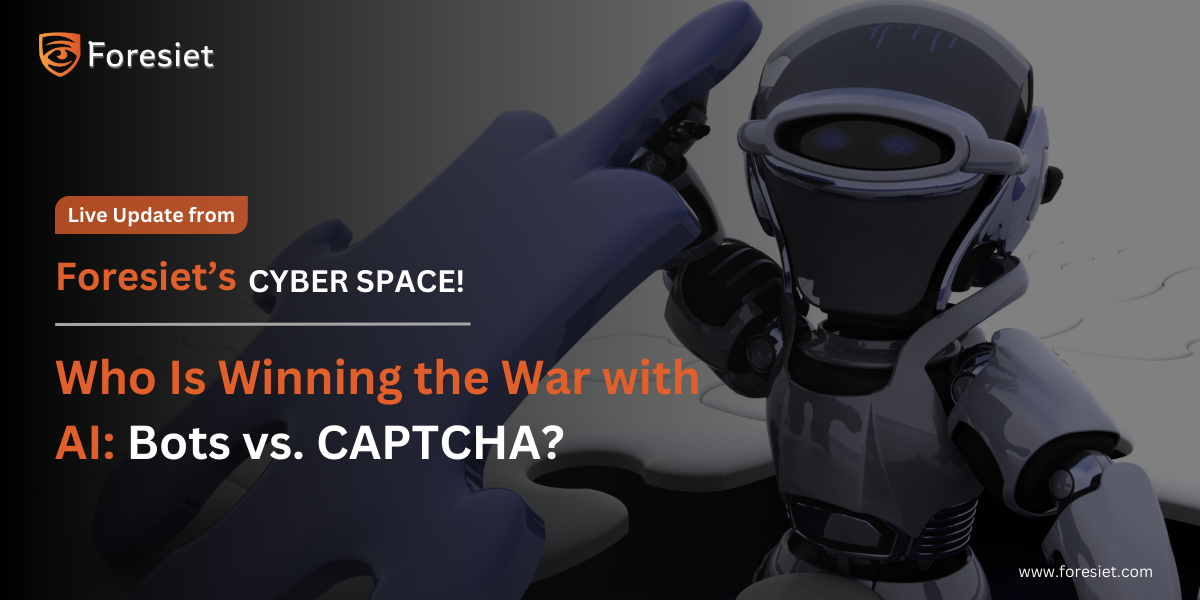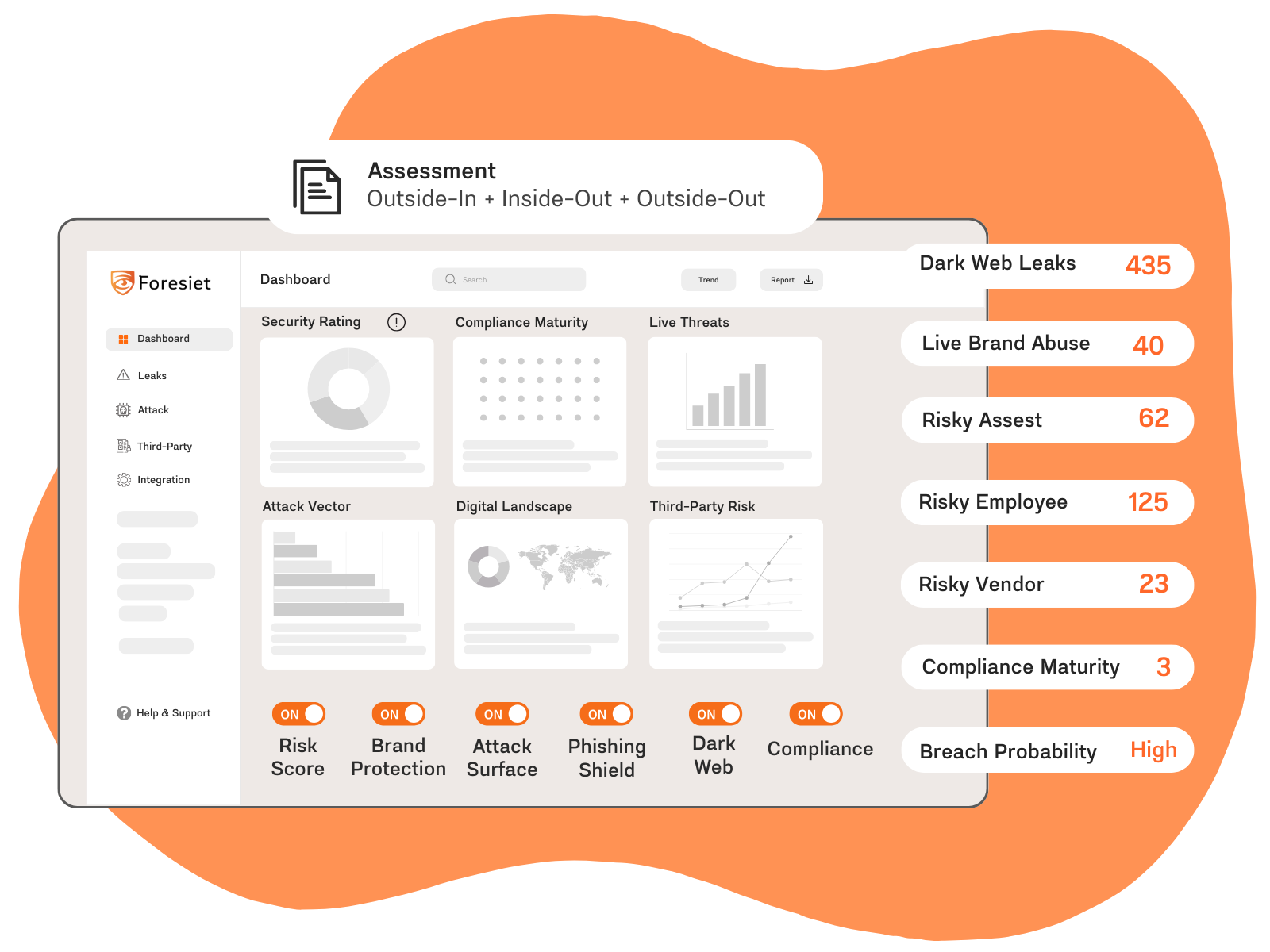Who Is Winning the War with AI: Bots vs. CAPTCHA?

Introduction
For years, CAPTCHA has been the mainstay of online security, blocking bots from invading websites. Since its introduction in 2007, CAPTCHA has continued to evolve in its fight against advanced automated threats, and Google's reCAPTCHA has been at the forefront. From being highly human-friendly to highly bot-unfriendly, the game has completely changed with the introduction of AI capabilities. Thus, the sensitivity towards CAPTCHA is at high stakes with respect to its survival in the detection of bots.
CAPTCHA Evolution: 2007 Till Now
- CAPTCHA has witnessed a cat-and-mouse chase between security experts and cybercrooks.
- reCAPTCHA v1: It was the distorted text recognition mechanism, where users were required to read out the jumbled words.
- reCAPTCHA v2: Introduced image-based tasks and behavioral analysis, improving security while reducing user friction.
- reCAPTCHA v3: Operates invisibly, assigning risk scores based on user interaction patterns.
Despite these advancements, AI now solves CAPTCHA with a staggering 96% accuracy, surpassing human accuracy rates of 50-86%. Bots equipped with AI-powered algorithms can now mimic human behavior, rendering CAPTCHA’s security measures increasingly obsolete.
The Rise of Smarter Bots
The rapid evolution of machine learning, deep learning, and neural networks has made it very easy for bots to bypass CAPTCHA. Some of the key AI-driven technologies defeating CAPTCHA include:
- Optical Character Recognition (OCR): Early CAPTCHAs relied on distorted text, but AI-driven OCR can now decipher these distortions effortlessly.
- Image Recognition: AI, trained on vast datasets, can identify objects in CAPTCHA images, making traditional image-based challenges ineffective.
- Behavioral Analysis Mimicry: Such AI-based bots can mimic human-like behavior, from cursor movements to typing speeds and interaction patterns. Sometimes they can even outsmart the most advanced behavioral detection systems.
- Adversarial Machine Learning: Attackers will train AI models that can break CAPTCHA specifically with large datasets of challenges and solutions that further compromise its reliability.
Having compromised its CAPTCHA security, the portals are still at the risk of fraud, spam, breaches of data of their cybersecurity as well as giant automated attacks.
CAPTCHA vs Privacy: Compliance with GDPR and DPDP
However, much privacy issues like those that the GDPR and DPDP Act cause a public outburst, CAPTCHAs like Google reCAPTCHA would be tried on compliance:
- GDPR as well as the DPDP concern the protection of users' private data, Internet Protocol addresses and tracking behaviors—mostly processed within CAPTCHA.
- The use of cookies and behavioral tracking by Google reCAPTCHA also raises issues related to transparency and international data transfer laws.
- CAPTCHA implementations lack standardization, making regulatory compliance even more complicated.
As digital privacy regulations tighten, companies must reassess CAPTCHA-based security measures to ensure legal and ethical compliance.
The Future of Human Verification: What's Next?
With CAPTCHA losing its edge, the cybersecurity community is exploring alternative authentication methods that balance security, user experience, and privacy:
- AI-Based Anomaly Detection: Advanced digital threat scoring can identify bot activity without interrupting user interactions.
- Biometric Authentication: Technologies like fingerprint scanning, facial recognition, and voice authentication offer frictionless security.
- Blockchain Verification: Decentralized verification methods provide tamper-proof authentication mechanisms.
- Dark Web Surveillance & Stolen Credentials Detection: Monitor compromised data on the darknet to flag potential threats before they get out of hand.
Conclusion
Without doubt, AI is bound to surpass CAPTCHA in the definition of how we differentiate between bots and humans on the internet. These emerging solutions do look promising but bring their sets of ethical and implementation challenges. So, the way forward for business houses will be to embrace adaptive security models incorporating compromised data tracking, brand impersonation defense, and online risk evaluation.
The war between bots and security systems far from is over—but the future of cybersecurity will depend on smarter, more innovative solutions beyond CAPTCHA.
About us!
Foresiet is the pioneering force in digital security solutions, offering the first integrated Digital Risk Protection SaaS platform. With 24x7x365 dark web monitoring and proactive threat intelligence, Foresiet safeguards against data breaches and intellectual property theft. Our robust suite includes brand protection, takedown services, and supply chain assessment, enhancing your organization's defense mechanisms. Attack surface management is a key component of our approach, ensuring comprehensive protection across all vulnerable points. Compliance is assured through adherence to ISO27001, NIST, GDPR, PCI, SOX, HIPAA, SAMA, CITC, and Third Party regulations. Additionally, our advanced antiphishing shield provides unparalleled protection against malicious emails. Trust Foresiet to empower your organization to navigate the digital landscape securely and confidently.
Protect your brand, reputation, data, and systems with Foresiet's Integrated Digital Risk Platform. 24/7/365 threat monitoring for total peace of mind.


July 10, 2025, 9 a.m.
